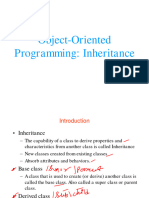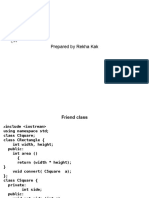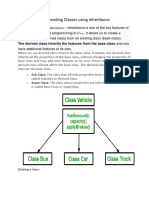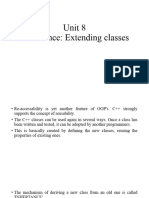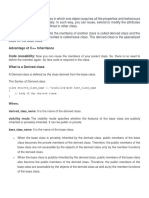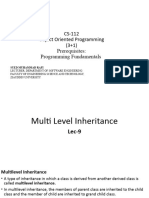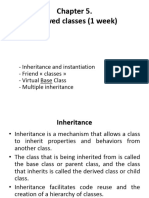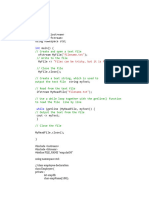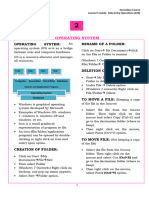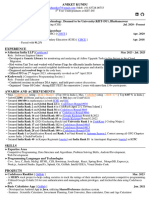0% found this document useful (0 votes)
21 views9 pagesFiend Function Add 2 No Distance
The document discusses multiple inheritance in C++ with an example. It shows a Sports and Student class being inherited by a Statement class, combining their properties. Another example demonstrates multilevel inheritance with a Base1 class inherited by Base2, which is then inherited by a Derived class.
Uploaded by
Syed HaiderCopyright
© © All Rights Reserved
We take content rights seriously. If you suspect this is your content, claim it here.
Available Formats
Download as DOCX, PDF, TXT or read online on Scribd
0% found this document useful (0 votes)
21 views9 pagesFiend Function Add 2 No Distance
The document discusses multiple inheritance in C++ with an example. It shows a Sports and Student class being inherited by a Statement class, combining their properties. Another example demonstrates multilevel inheritance with a Base1 class inherited by Base2, which is then inherited by a Derived class.
Uploaded by
Syed HaiderCopyright
© © All Rights Reserved
We take content rights seriously. If you suspect this is your content, claim it here.
Available Formats
Download as DOCX, PDF, TXT or read online on Scribd
/ 9


















